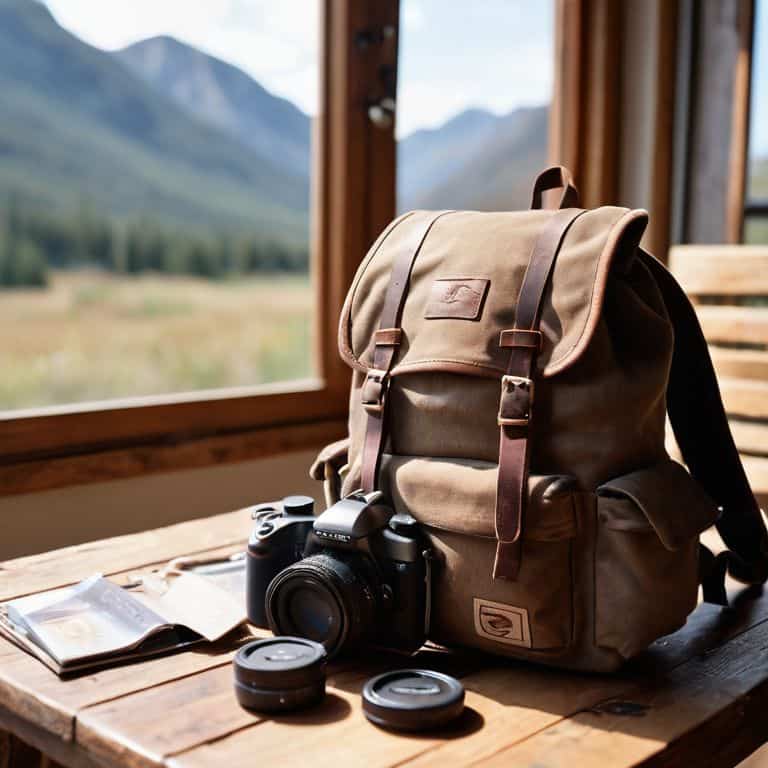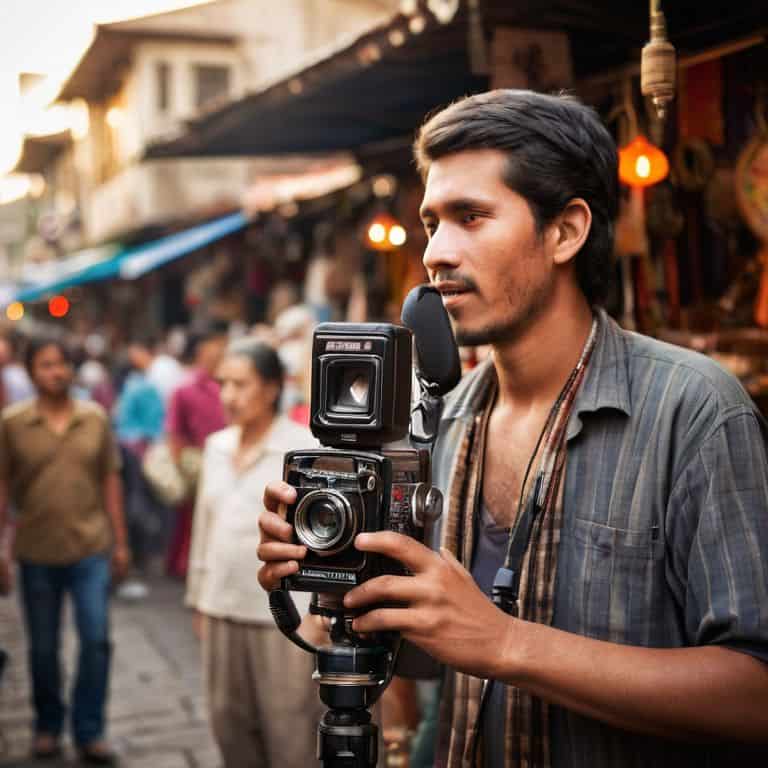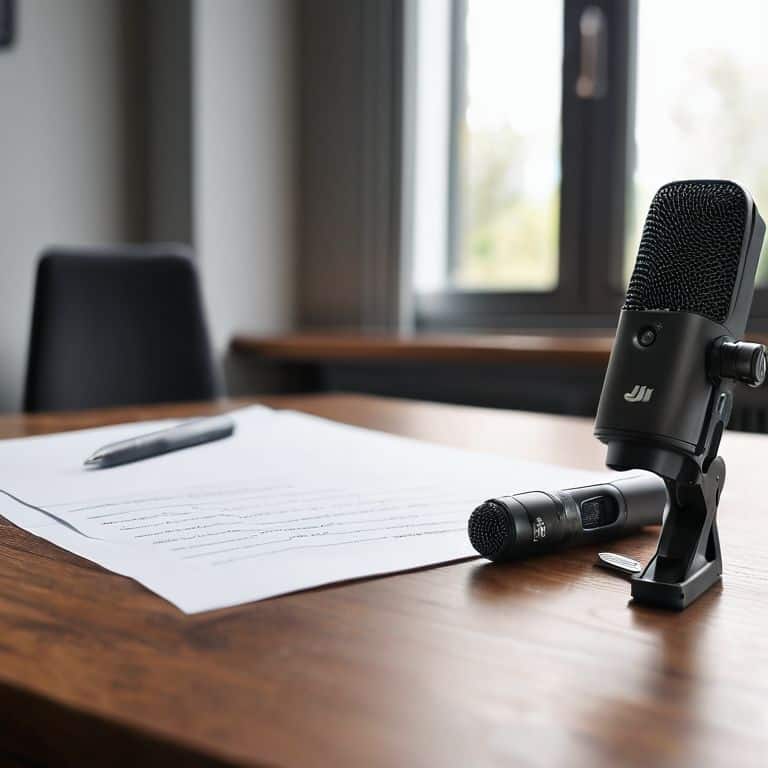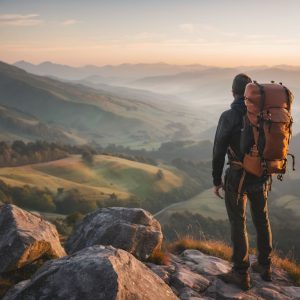I still remember the frustration of lugging around my bulky DSLR camera on hiking trips, only to find that I had to sacrifice some of my other essentials to make room for it. As a travel videographer, I’ve always been torn between capturing the perfect shot and packing light. The debate over mirrorless vs dslr for travel has been a longstanding one, with each side having its own set of advantages and disadvantages. For me, it’s all about finding the right balance between image quality and portability.
As someone who’s spent countless nights in the wilderness, waiting for the perfect shot of the stars, I can tell you that reliability is key. In this article, I’ll be sharing my honest, no-nonsense advice on the mirrorless vs dslr for travel debate, based on my own experiences of testing these cameras in some of the most extreme locations on Earth. I’ll cut through the hype and give you a realistic look at what works and what doesn’t, so you can make an informed decision that’s right for you and your next adventure.
Table of Contents
Mirrorless Cameras for Travel
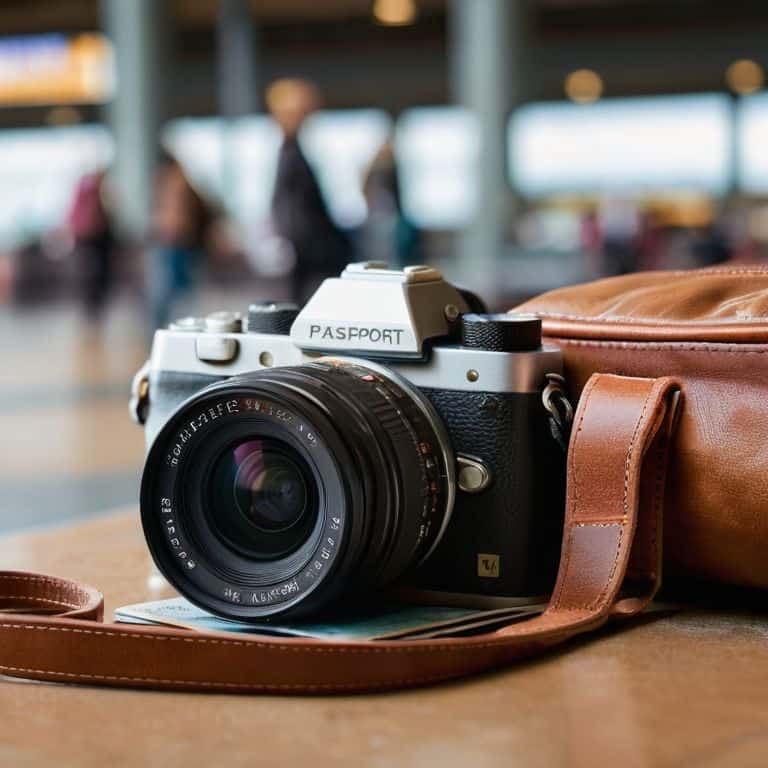
A mirrorless camera is a type of camera that uses a digital sensor to capture images, eliminating the need for a mirror and prism found in traditional DSLR cameras, making it a great option for travel photography. The core mechanism of a mirrorless camera involves the light passing directly to the image sensor, allowing for a more compact and lightweight design, with the main selling point being its portability and fast autofocus. When considering mirrorless vs DSLR for travel, this is an important factor.
I’ve had the chance to test mirrorless cameras in some of the most demanding environments, from the dusty trails of the Atacama Desert to the humid jungles of Borneo, and I can attest to their reliability. The fact that they are more compact and lightweight has allowed me to carry them on long hikes and capture stunning shots without feeling weighed down, making them ideal for capture-and-go photography. This has been a total game-changer for my travel photography, as I can now focus on capturing the moment rather than worrying about my gear.
DSLR Cameras for Travel

A DSLR (Digital Single-Lens Reflex) camera is a type of camera that uses a mirror and prism system to view the scene, providing an optical viewfinder and allowing for a wide range of interchangeable lenses, which is a key factor when comparing mirrorless vs DSLR for travel. The core mechanism of a DSLR camera involves the light passing through the lens and being reflected by a mirror to the viewfinder, allowing the user to preview the shot, with the main selling point being its optical quality and manual controls. This makes DSLR cameras a popular choice among professional photographers.
However, I’ve found that DSLR cameras can be a bit of a burden when it comes to travel photography, especially when hiking or moving quickly. The weight and bulk of the camera and lenses can make it difficult to carry, and the slow autofocus can cause me to miss shots. That being said, the image quality of DSLR cameras is still unmatched, and the ability to use a wide range of lenses makes them very versatile, which is why many photographers still swear by them for high-end photography.
Mirrorless vs DSLR for Travel: Head-to-Head Comparison
| Feature | Mirrorless | DSLR |
|---|---|---|
| Price | Generally Lower | Generally Higher |
| Weight and Size | Lighter and Smaller | Heavier and Larger |
| Best For | Travel, Street, and Action Photography | Professional, Studio, and Wildlife Photography |
| Lens Interchangeability | Yes, with Adapters for Legacy Lenses | Yes, with Wide Range of Native Lenses |
| Autofocus Speed | Faster and More Accurate | Fast but can be Less Accurate in Low Light |
| Video Capability | Superior, with Better Stabilization | Good, with Excellent Quality but Less Stabilization |
| Battery Life | Generally Shorter | Generally Longer |
Mirrorless vs Dslr for Travel
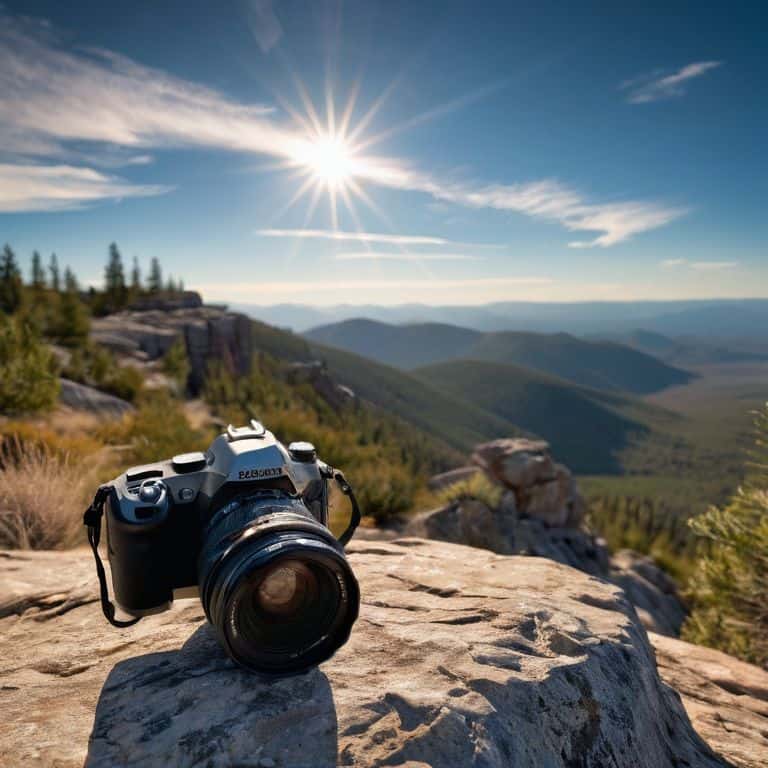
When I’m out in the field, I need gear that can keep up with my adventures. The debate between mirrorless and DSLR cameras for travel is crucial because it directly affects the quality and convenience of my photography. As a travel videographer, I’ve experienced firsthand how the right camera can make all the difference in capturing stunning shots.
In a head-to-head comparison, mirrorless cameras have a significant advantage when it comes to portability. They are generally smaller and lighter, making them easier to carry around, especially when hiking or traveling to remote locations. On the other hand, DSLR cameras are often bulkier and heavier, which can be a hindrance when trying to move quickly or navigate through tight spaces.
In terms of practical implications, mirrorless cameras are often the better choice for travel photographers who need to be agile and versatile. While DSLR cameras still offer excellent image quality, the added weight and bulk can be a significant drawback. After testing both types of cameras in various environments, I conclude that mirrorless cameras are the clear winner when it comes to travel photography, offering a perfect blend of quality and convenience.
My Top Picks for Travel Photography
I’ve found that mirrorless cameras are the clear winner for travel photography due to their lightweight and compact design, making them perfect for capturing stunning shots on the go
DSLR cameras still have their place, especially for professionals or those who need specific lens capabilities, but for most travelers, mirrorless cameras offer the perfect balance of quality and convenience
When choosing between mirrorless and DSLR cameras for travel, consider your specific needs and priorities – for me, it’s all about battery life, durability, and the ability to capture high-quality photos in a variety of lighting conditions
The Adventurer's Verdict
For me, the choice between mirrorless and DSLR cameras for travel comes down to one thing: the freedom to move lightly and capture life on the fly – and mirrorless cameras have won me over with their rugged reliability and versatility in the most extreme conditions.
Rachel Bennett
The Final Verdict: Which Should You Choose?
After putting both mirrorless and DSLR cameras through their paces in some of the most challenging environments on Earth, I’ve found that the decision between them ultimately comes down to your personal priorities. If portability and versatility are key, mirrorless cameras have a clear edge, offering a more compact and agile shooting experience. However, if you’re already invested in a DSLR system and value the optical viewfinder and battery life, it might not be worth making the switch just yet.
In the end, I’d recommend mirrorless cameras for adventure-seekers and travelers who need a camera that can keep up with their fast-paced lifestyle. On the other hand, DSLRs are still the better choice for professional photographers who require the utmost in image quality and control. For me, the benefits of mirrorless cameras have made them my go-to choice for capturing life on the road, and I think they’re an excellent option for anyone looking to upgrade their travel photography without being weighed down by bulky gear.
Frequently Asked Questions
How do mirrorless and DSLR cameras compare in terms of image quality in low-light conditions?
Honestly, I’ve found that both mirrorless and DSLR cameras can deliver stunning low-light shots, but mirrorless cameras tend to have a slight edge with their improved noise reduction and faster lenses. I’ve captured some incredible astrophotography shots with my mirrorless camera in extremely dark locations.
Are mirrorless cameras more prone to overheating during extended video recording compared to DSLRs?
Honestly, I’ve noticed that mirrorless cameras can overheat during extended video recording, especially in hot climates. However, most modern models have improved cooling systems, and some even have built-in fans. In my experience, DSLRs tend to handle heat better, but the difference is negligible with proper precautions, like taking breaks and using external cooling aids.
Do mirrorless cameras offer better autofocus and tracking capabilities than DSLRs for capturing fast-moving subjects while traveling?
Honestly, I’ve found mirrorless cameras to be total rockstars when it comes to autofocus and tracking fast-moving subjects – their on-sensor phase detection is a total game-changer for capturing sharp shots of wildlife or vehicles on the go!




